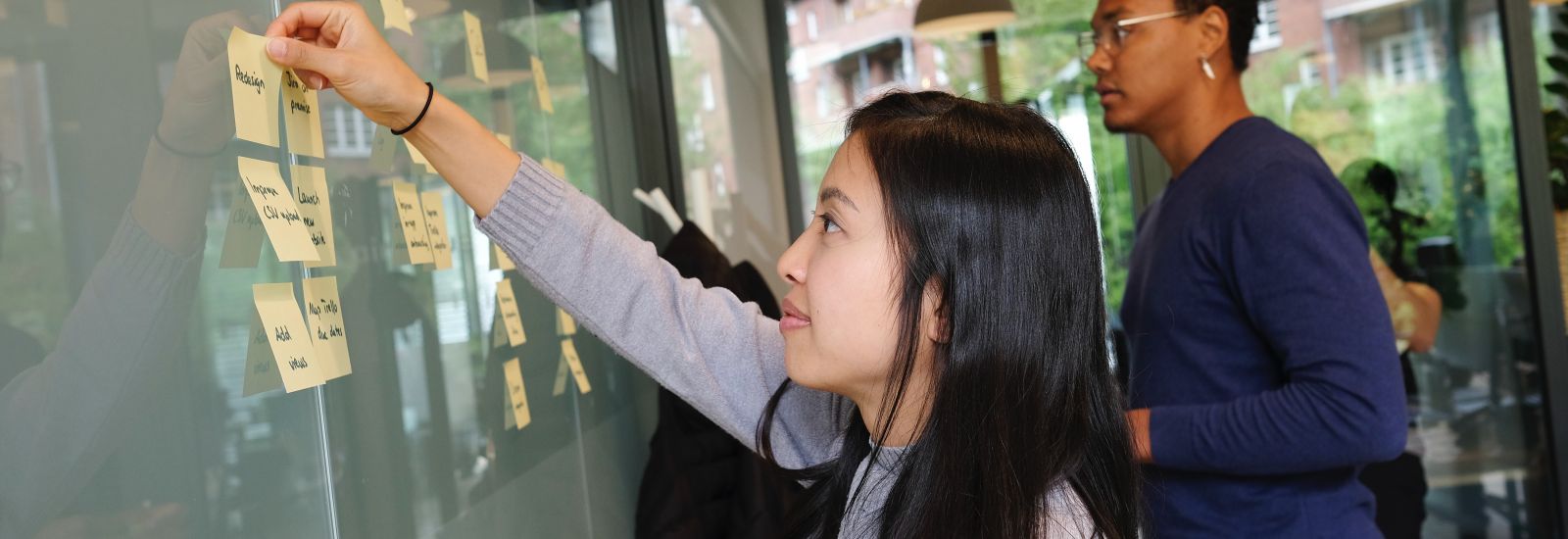
Guidance note 8: Mapping the policy engagement space
This Guidance Note offers a proposed policy engagement self-diagnostic tool for researchers.
In preparing this series of notes we became aware that the nature of the interaction between researchers and policy actors could be described in terms of a number of key variables. We also hypothesised that it would probably be helpful for researchers who either wanted to reflect on the different approaches to policy engagement that might be available to them, or who suspected that they might be able to achieve greater impact by varying their present approach, to consider their position in relation to these variables.
The advent of the Covid-19 public health crisis in the UK shortly after the beginning of this project made it impossible to test this hypothesis, and the validity of our construction of the variables, in live discussions with groups of interested researchers as we had first intended. However we would still like to offer our analysis as the basis of a possible self-diagnosis tool for researchers. The key variables we have identified are arranged below along nine dimensions or axes of difference. We suggest that interested readers read through the descriptors listed under each header below, and note the one that seems most closely to represent their own experience (or intention) – or write in an alternative or additional descriptor if the model is lacking some important element. The result will be an individual “engagement profile”, which should in turn serve as an aid to reflection. The aim is simply to assist researchers in becoming more deliberate and self-aware in their approach to policy engagement, and perhaps more alert to possibilities they may not previously have considered.
As this tool has not been field-tested we would be especially keen to hear from readers about how useful or relevant they have found it, and any suggestions for adjustment or improvement. Please do contact the Policy Engagement Team with your comments.
Policy engagement self-diagnostic tool
Initiation – how did the engagement begin?
- Personal contacts between researchers or university staff and policy actors
- Networks established and sustained by university or policy organisations
- Formal request for proposals by policy organisation
Mode – how do researchers and policy actors engage with one another?
- Researchers seek to bring research evidence to the attention of policy actors to influence policy
- Research questions and/or evidence are co-produced by researchers and policy actors
- Institutions facilitate policy actors to bring their questions to researchers
- Policy actors formally commission research to answer their questions
- Policy actors contract researchers to provide consultancy or advisory services
Supply – what are researchers offering?
- Researchers have new or current research findings to bring to the attention of policy actors
- Researchers wish to engage with policy actors to develop relevant research questions
- Researchers are available for short or long term research, consultancy or advisory contracts
- Researchers will provide comments or advice on issues arising, based on extensive experience and subject knowledge
Demand – what do policy actors want?
- Immediate comment or advice on a current issue from a subject expert
- To let a short-term contract to contribute to a report or other research exercise
- To let a longer-term contract for strategic research to shape future policy development
- To work with researchers to co-produce research questions and/or evidence
Policy partner – the actual or intended policy counterpart is:
- A non-governmental or civil society organisation or philanthropic foundation
- A local or sub-national government authority
- The national government of the research institution’s home country
- A foreign national government An international organisation – a multilateral or supranational body
(NB: The devolved governments of the UK should be regarded as national governments in policy domains for which they have responsibility, but might be considered as sub-national bodies in other spheres.)
Interlocutors – researchers are in dialogue with:
- Lobbyists, advocates or development partners (donor agencies)
- In-house researchers, research managers or technical experts
- Policy officials or political advisers
- Legislators (elected members, their staff, committee clerks)
- Political decision-makers (Ministers)
Medium – the preferred means of communicating research findings (more than one may apply):
- Publication in respected journals
- Policy briefs and summaries
- Blogs and other online publications
- Workshops and conference presentations, posters and handouts
- Direct communication with policy contacts
- Contribution to White Papers or flagship reports
Timescale – the expected timeline to policy impact is:
- Immediate: the available evidence is of immediate relevance to current policy concerns
- Medium term: the current or proposed research should assist in shaping policy development
- Long term: the intention is to build contacts, networks and credibility as the basis for future influence
Career stage – the researcher is:
- Doctoral student or early career researcher
- Mid-career researcher
- Senior academic/ Principal Investigator